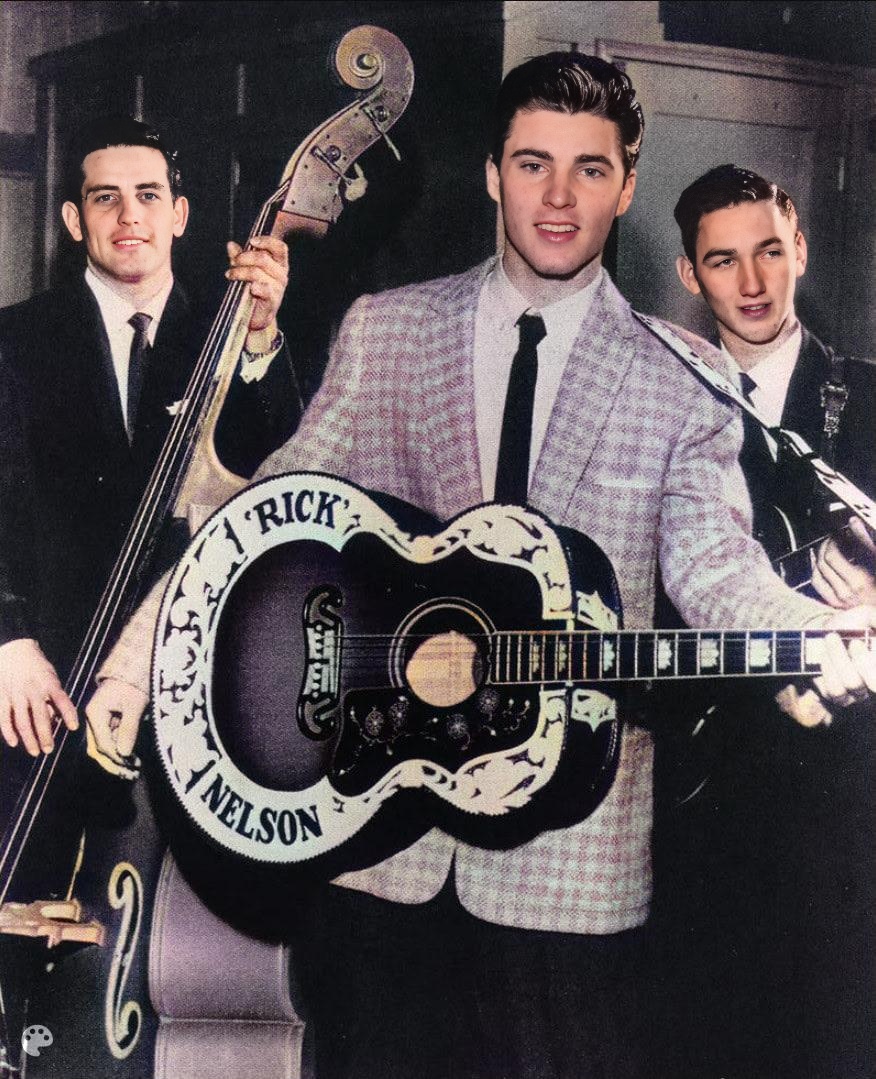
Ricky Nelson, a teen idol and rock and roll pioneer, charmed audiences in the late 1950s and early 1960s with his clean-cut image and catchy tunes. He seamlessly transitioned from his family’s popular TV show, “The Adventures of Ozzie and Harriet,” into a successful music career. Nelson’s smooth vocals and rockabilly sound quickly made him a chart-topper, influencing a generation of young musicians. He wasn’t just a pretty face; he possessed genuine musical talent. His achievements included multiple Billboard Hot 100 hits and a lasting legacy as one of the first true teen idols.
Among his most enduring hits is “Hello Mary Lou,” released in 1961. The song, a collaboration with Gene Pitney (who wrote it under the pseudonym “Aaron Schroeder”) and Cayet Mangiaracina, perfectly captures the youthful optimism and yearning of early rock and roll. Its infectious melody, driven by James Burton’s iconic guitar solo, tells the simple yet relatable story of a young man instantly captivated by a girl he sees for the first time. He expresses his immediate infatuation and hope for a connection with “Mary Lou,” making it a timeless anthem of first love.
“Hello Mary Lou” quickly climbed the charts, becoming a significant hit for Nelson and solidifying his place in music history. It resonated with audiences worldwide, and continues to be a popular choice for rock and roll enthusiasts. The song’s enduring appeal lies in its simple message, catchy rhythm, and Nelson’s effortlessly cool delivery. Feedback from listeners through the years has consistently praised the song’s nostalgic quality, its upbeat tempo, and its ability to evoke a sense of youthful innocence. Many fondly remember hearing it on the radio or at school dances, associating it with carefree times and the excitement of first love. It remains a beloved classic, proving that even simple songs can leave a lasting impression.